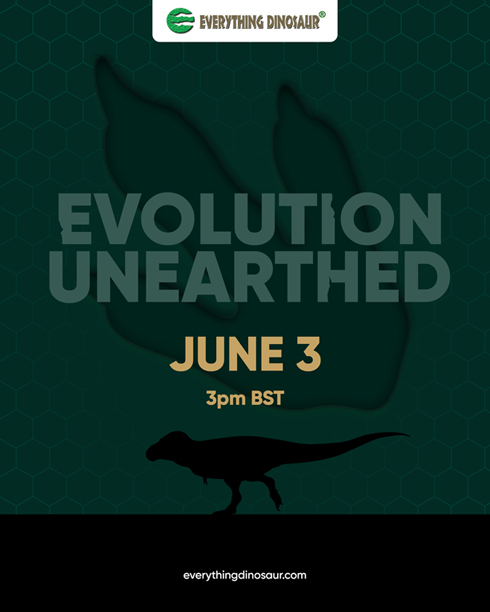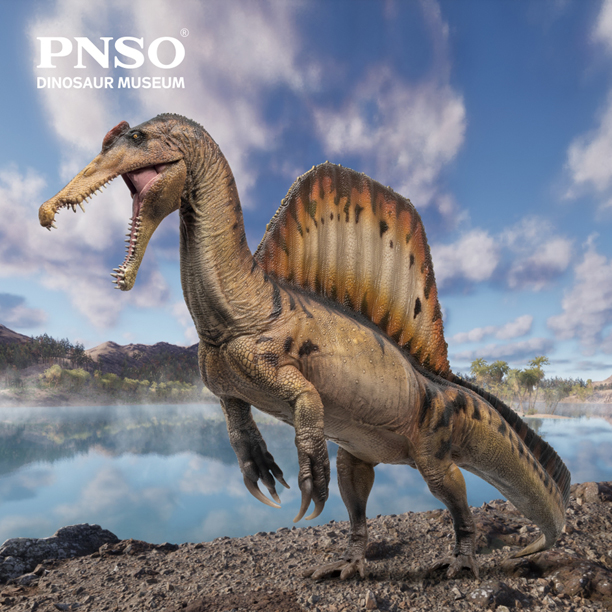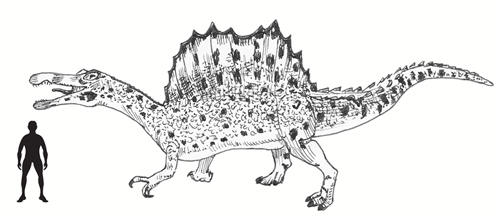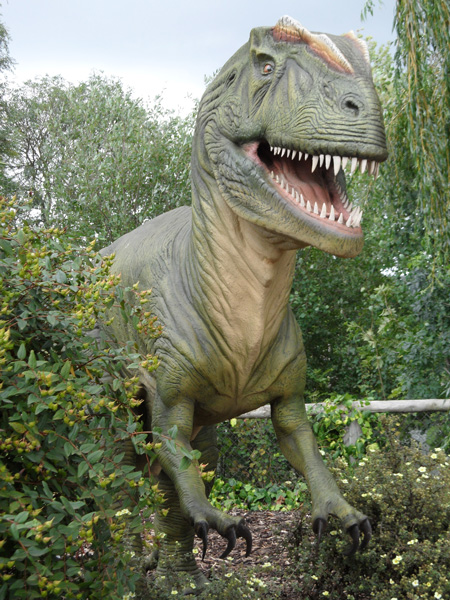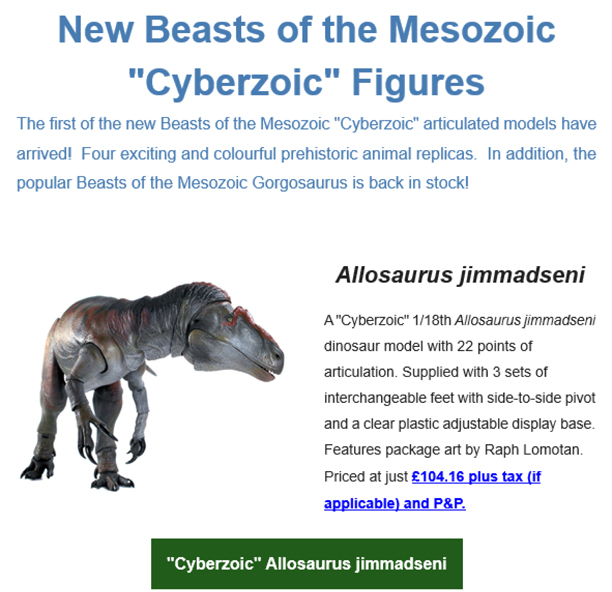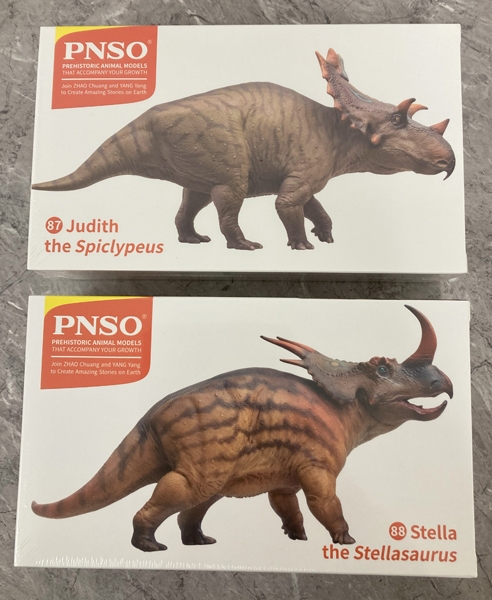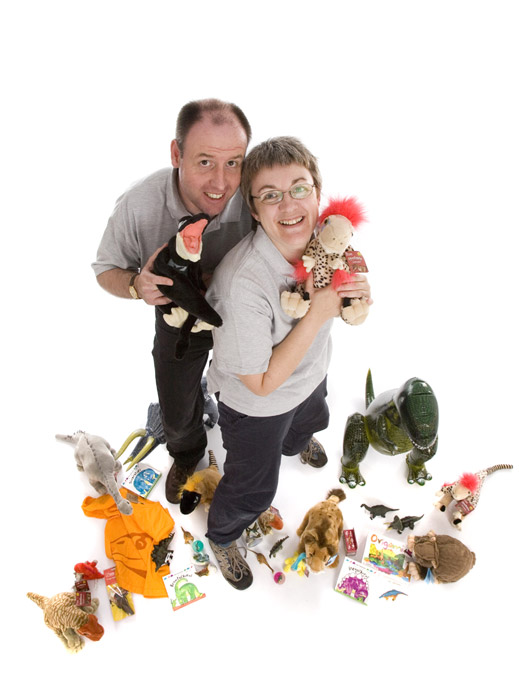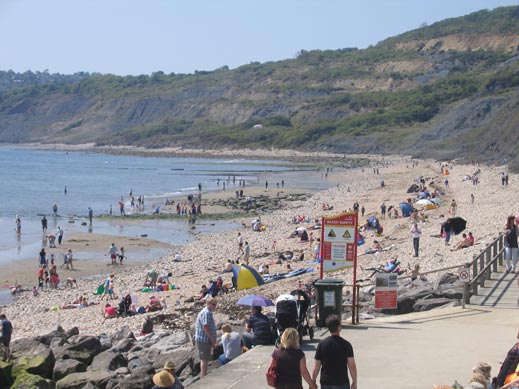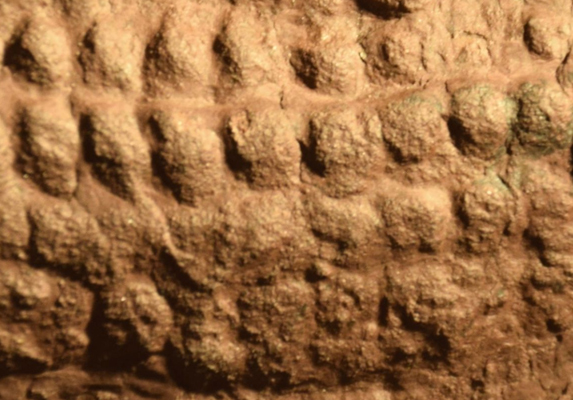Introducing Everything Dinosaur Evolution a New Range of Prehistoric Animal Figures
Everything Dinosaur in collaboration with their chums are delighted to announce Everything Dinosaur Evolution. This is a new range of stunning scale models of prehistoric animals. Perhaps, the most scientifically accurate dinosaur models made. Palaeontologist Dr Dean Lomax, award-winning digital designer Glen Southern and renowned palaeo-reconstruction artist Bob Nicholls have worked with Mike and Sue to create a range of 1:33 scale dinosaurs. The first figure is a beautiful model of a Tyrannosaurus rex. A dinosaur replica developed and designed by following the fossil evidence.

Introducing Everything Dinosaur Evolution. A stunning range of prehistoric animal models developed by following the fossil evidence. Picture credit: Everything Dinosaur.
Picture credit: Everything Dinosaur
For further details and to sign-up to learn about this remarkable model range: Everything Dinosaur Evolution.
Everything Dinosaur Evolution
Each figure is developed following the fossil record. Palaeontologist Dr Dean Lomax, working alongside palaeo-reconstruction artist and designer Glen Southern aim to produce models that actually depict extinct animals as living breathing creatures. These are not movie monsters, just the closest we can get to bringing a dinosaur back to life by following the evidence.
These models will have a limited production run. In addition, the figures will include unique collector cards. The “Founders” edition will feature some very special accessories.

Look out for the Everything Dinosaur Evolution logo. This logo is associated with the new range of prehistoric animal figures. Picture credit: Everything Dinosaur.
Picture credit: Everything Dinosaur
Sue from Everything Dinosaur explained that the packaging is special too. Single-use plastics have been removed, and the packaging materials have been designed to be compostable or recycled. Furthermore, cutting edge technology incorporated into the product packaging will permit collectors exclusive access to a wide range of helpful product information. They can even contact the people who make the figures!
The Hell Creek Formation
Designed in the UK and developed in the UK and sold to the world. The first set of figures will focus on iconic dinosaurs associated with the Hell Creek Formation of North America. A dinosaur species did not exist in isolation, their shared their ecosystems with other creatures. The aim of Everything Dinosaur Evolution is to follow the science and create a community of prehistoric animals for the model collecting community.
Sue commented:
“This is an exciting day. The Everything Dinosaur Evolution range is an incredible adventure, and we are delighted to launch this amazing range of figures today.”
Mike from Everything Dinosaur added:
“It’s time to change the world one dinosaur model at a time.”
The award-winning Everything Dinosaur website: Dinosaur Models and Toys.







